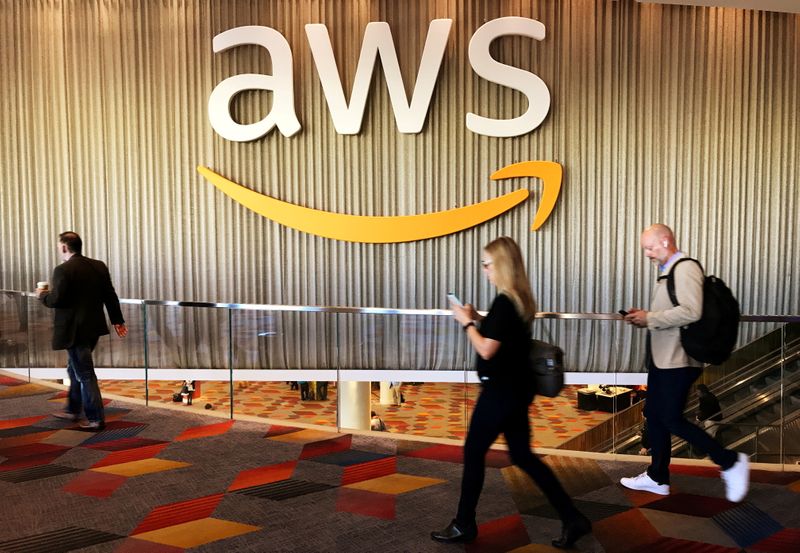This post was originally published on this site

Investing.com – Amazon stock (NASDAQ:AMZN) soared 12% in premarket trading Friday after the company raised the price of its U.S. Prime membership to offset spiraling labor and transportation costs.
A Prime member in the country will now pay $139 a year compared to $119 earlier. The increase will help restore profitability to an operation that had lost money at the operating level in the fourth quarter. However, it also risks losing members as disposable income comes under pressure from high inflation.
The fourth quarter was a mixed bag, with a weak underlying performance in e-commerce flattered by paper gains on its stake in electric van maker Rivian. Fourth-quarter net income almost doubled to go past $14 billion, mostly due to a one-off gain of $11.8 billion on its Rivian stake. But shares of the EV-maker have lost more than 40% since the end of the year.
Once again, the company was entirely dependent on its Cloud-computing unit, Amazon Web Services, for all of its operating profit, clocking nearly $18 billion in sales, a 40% jump. Rival Microsoft’s (NASDAQ:MSFT) Intelligent Cloud business topped $18 billion in sales in its most recent quarter.
Amazon also broke out its revenue from advertising for the first time, and at $31 billion, it emerged as bigger than YouTube’s $29 billion. Advertising revenue in the fourth quarter was $9.7 billion, up 32% year-on-year.
However, there were worries. Total operating expenses climbed 13% to nearly $134 billion as the company struggled with labor shortage and supply chain issues to book holiday sales. While net sales rose 9% to top $137 billion in the fourth quarter, operating income nearly halved to $3.5 billion. International business booked a large operating loss. North Americam e-commerce was in the red too.
The company is now forecasting net sales to grow 5.5% to $114.5 billion in the current quarter at the center of its guidance range, well below its historical growth rate.



